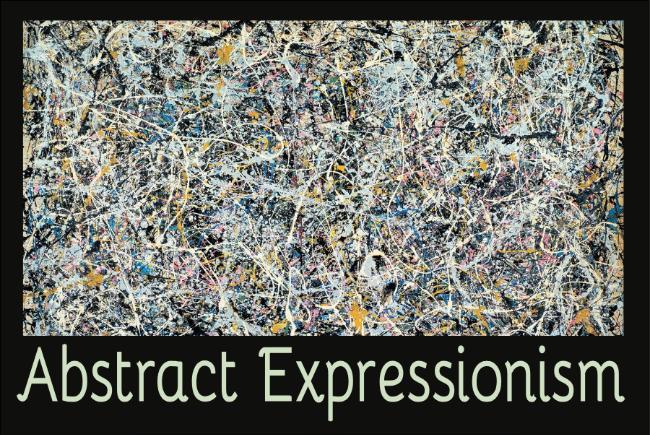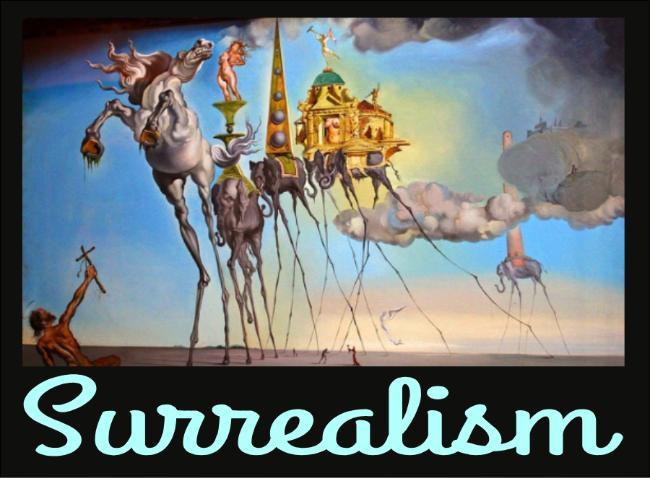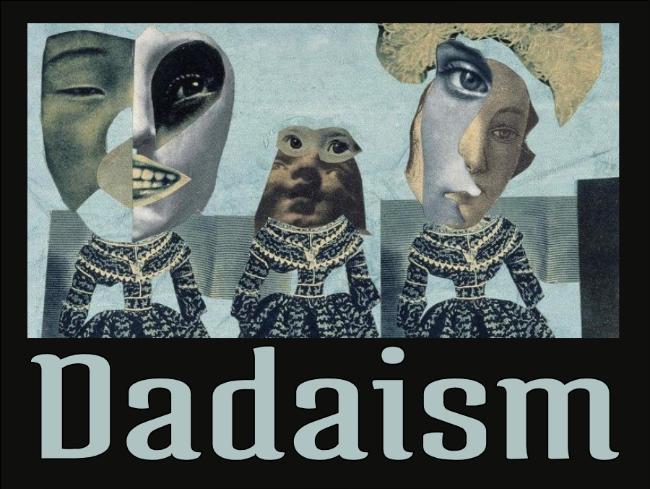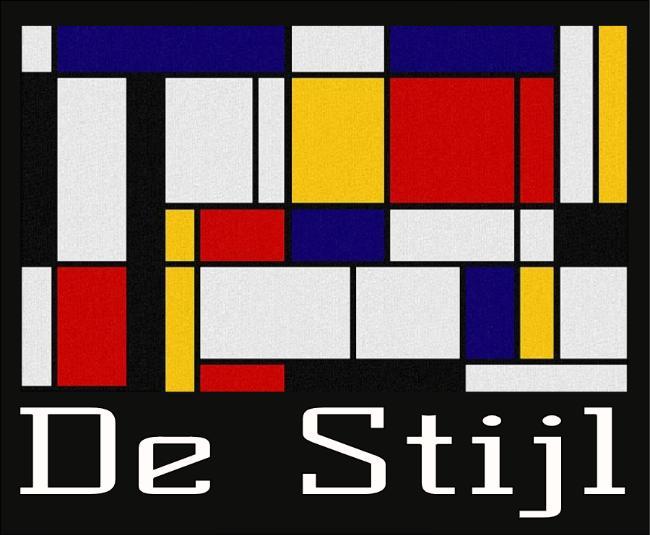Art Movements - Renaissance
Publish in Art Movements el 17/06/2023 01:40
Renaissance (14th-16th centuries)
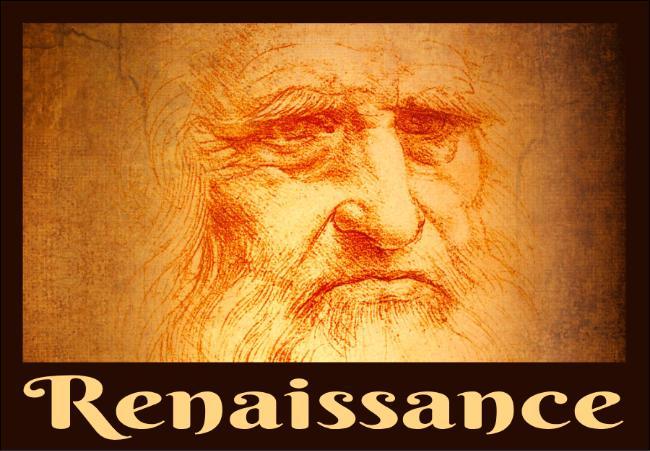
This movement originated in Italy and marked a significant transition from the Middle Ages to a new era of exploration and rediscovery of classical culture. Renaissance artists, such as Leonardo da Vinci and Michelangelo, were characterized by their focus on realistic representation, perspective, and the study of the human body.
The Renaissance was a pivotal period in European history that spanned the 14th to the 16th centuries. Originating in Italy, it marked a profound shift from the medieval era to a new era of enlightenment, exploration, and cultural revival. The Renaissance witnessed significant advancements in art, literature, science, and philosophy, setting the stage for the modern world.
One of the defining features of the Renaissance was its emphasis on humanism. Artists of this period, including Leonardo da Vinci, Michelangelo, and Raphael, sought to revive the ideals of classical Greek and Roman art. They studied human anatomy, perspective, and proportion, resulting in incredibly realistic and naturalistic works.
The Renaissance artists embraced the concept of individual genius, which led to the creation of numerous masterpieces. Leonardo da Vinci's "Mona Lisa" and "The Last Supper" are iconic examples of the period's artistic achievements. Michelangelo's awe-inspiring sculptures, such as "David" and the ceiling of the Sistine Chapel, showcase the extraordinary skill and creativity of the era.
Another significant aspect of the Renaissance was the patronage system. Wealthy individuals, such as the Medici family, supported artists financially, allowing them to pursue their creative endeavors. This support nurtured a flourishing artistic culture and contributed to the rapid development of artistic techniques and styles.
The Renaissance also witnessed advancements in science and invention. Innovations like linear perspective, the printing press, and the rediscovery of ancient texts fueled intellectual curiosity and paved the way for the scientific revolution that followed.
The impact of the Renaissance extended far beyond Italy, spreading throughout Europe and influencing artistic practices in other countries. It laid the foundation for the subsequent artistic movements and shaped the trajectory of Western art history.
The Renaissance remains a testament to the power of human creativity and intellect. Its legacy continues to inspire artists, scholars, and thinkers, reminding us of the profound transformative potential of the arts.


